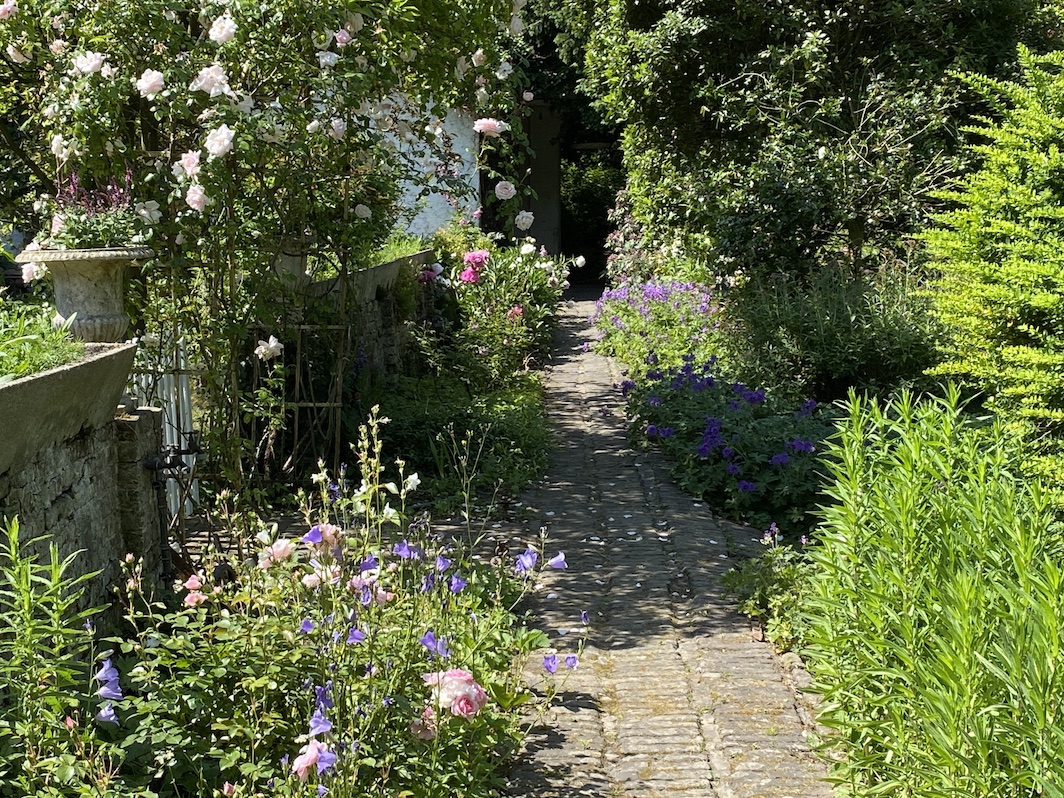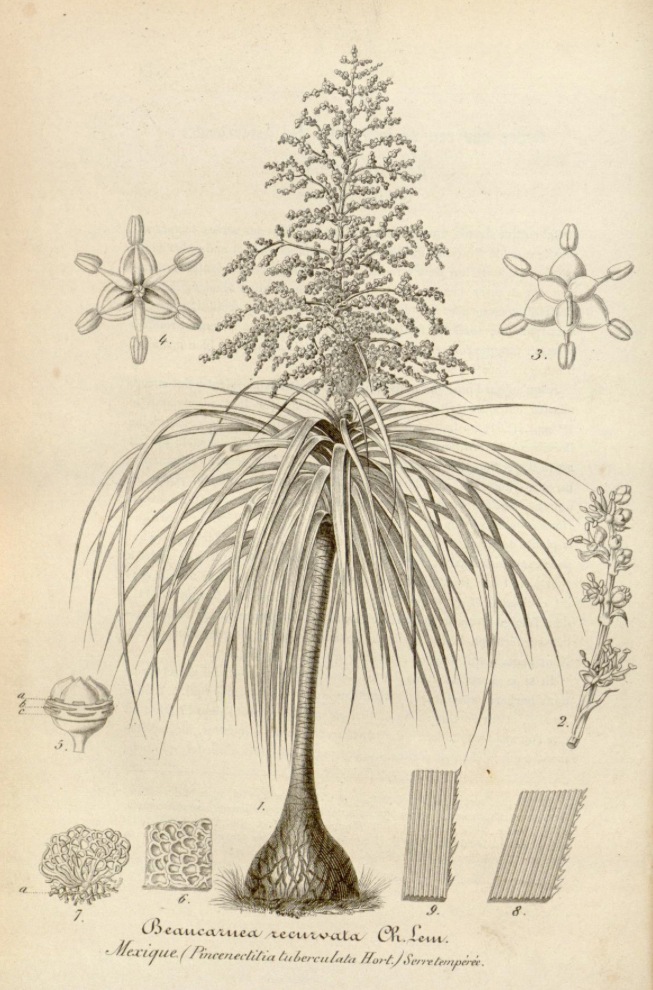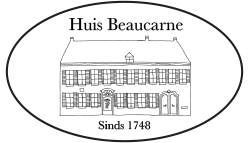Hidden behind the rather discrete facade of Huis Beaucarne lies a spacious courtyard, where the images of an exotical 18th-century garden are evoked. On the courtyard is a large lot of Caroline Testout-roses, planted by the Beaucarne-family after the partial residential destruction of the First World War (1914-1918). During the 19th century, the garden was considered as one of the most extraordinary in Flanders.
The old garden is accessible from the courtyard, where the path leads past an impressive swamp cypress (Taxodium) adorning the garden since the 18th century. Near its roots a stream has been preserved that once provided water to the gardens of the Ename abbey.
The rock garden was added in the beginning of the 20th century, with the waterlily-nursery as its showpiece.
The old garden was designed in the 18th century and took its inspiration from the local tradition of 17th century French geometric gardens. Later-on, in the 19th century, under influence of English Romanticism, winding paths and mixed borders were added. In the second half of the 20th century, the flower-garden was added to the domain and was originally designed by the renowned Belgian landscape architects Brigitte de Villenfagne and her son Michaël de Villegas.
Situated at the end of the domain still stands a monumental 18th-century vinery.
The Beaucarne-family were passionate plant collectors during the 18th and 19th centuries. Some of the old plantings, with their origins in various distant parts of the world, were brought back from long journeys to the East and West and still remain in the gardens today. A genus of flowering plants native to Mexico and Central America, Beaucarnea, was named after the Beaucarne-family.
Find more information on the garden and its visiting possibillities here.



